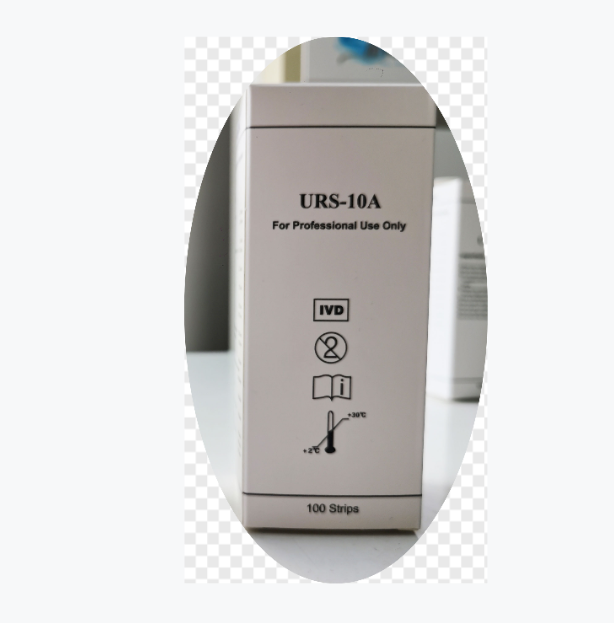The watermelon vines have good rooting ability for cutting and cultivation, saving seeds, shortening the growth period, and making the watermelon market in the morning.
1, plug the vine source. Use protective cultivation or other precociously cultivated watermelon vines, cut into cuttings. Can also be used greenhouses, greenhouse cultivation of early maturing culture techniques to cultivate strong mother.
2, cut the garden preparation. Ditching and raking, preparation of nutritional soil: 6 litters of sandy loam, 4 litters of compost, 1 kg of N, P and K compound fertilizer per cubic meter of soil, full mixing, moisture-resisting coverage, and use of soil and manure after sieving. At the same time, bamboo scaffolding, agricultural film, straw curtain, etc. are prepared.
3, from the mother plant vines. The vine knife or scissors are first disinfected with 75% alcohol, and then the vines from the mother plant are put into a plastic bag to prevent dehydration and wilting. When vines are used, try to select the basal section and keep the appropriate number of leaves.
4, cutting. First, the nutrient soil is thoroughly irrigated, and then the collected vine safety knife (disinfected with 75% alcohol) is cut into small pieces with 2-3 leaves each, and the 1 leaf at the base is cut along with the handle. Loquat leaves, tendrils, buds, etc. must also be cut off to retain the stem sections to facilitate the production of adventitious roots. Cut the lower incision into a horseshoe shape. After immersing in the rooting solution for half a minute, insert the vine and the glutinous surface with an inclination of 45 degrees and a depth of 3.5 centimeters. The cultivation, rooting, and cutting operations must be performed continuously.
5, management. Within 3 days after inserting, straws should be covered on the membrane to cover the sunlight. 4-6 days only before and after noon shade, after the first 7 days to remove the shade no longer shade. After inserting the vine, the nursery's surface is maintained at 28-32°C during the day and 20-22°C during the night to allow it to take root. When the local temperature is below 2°C and the temperature is below 14°C, the vines cannot be inserted and they will not take root after insertion. Insulation and tempering can be adjusted by arching and straw curtains. Within 1-3 days after insertion, the relative humidity of the air in the nursery was 95-100%, 4-6 days reduced to 90-95%, 7-10 days reduced to 80-85% until planting. Three days after inserting, 0.3% potassium dihydrogen phosphate was sprayed once a day in the morning and afternoon. Within 1 to 7 days after vine insertion, the rooting fluid was sprayed once every 1-2 days at the base of the plug, about 10 ml per plant.
6, Daejeon colonization. 15-20 days after insertion, the base of the cuttings can be planted when many adventitious roots are issued. Cultivation and management can be done according to conventional density.
Disclaimer: Some articles in this website have been transferred from the Internet. If you are involved in third party legal rights, please inform this website. phone
Visual Urinalysis Reagent Strip
Urine test strips include :
Urobilinogen
Bilirubin
Ketone
Blood
Protein
Nitrite
Leukocyte
Glucose
Specific Gravity
pH
Ascorbic Acid
Microalbumin
Creatinine
Calcium
1) Rapid Results: 30 seconds to 1 minutes
2) High Quality: Superior European-produced color charts provide consistent, dependable readings3) Flexible: Available in up to 14 parameters
4) Long shelf life: Consistent Quality with 2 Year Shelf Life

[Intended Use]
Reagent Strips for Urinalysis are used for qualitative and semi- quantitative test of urobilinogen, bilirubin, ketone (acetoacetic acid), blood, protein, nitrite, leukocyte, glucose, specific gravity, pH, ascorbic acid, microalbumin, creatinine, calcium in urine.
[Test Method]
Test environment temperature 25℃±5℃
[Intended Use]
Reagent Strips for Urinalysis are used for qualitative and semi- quantitative test of urobilinogen, bilirubin, ketone (acetoacetic acid), blood, protein, nitrite, leukocyte, glucose, specific gravity, pH, ascorbic acid, microalbumin, creatinine, calcium in urine.
[Main Ingredient]
Urobilinogen:0.3%w/w fast blue B; 98.1%w/w buffer; 1.6%w/w nonreactive ingredients.
Bilirubin:0.6%w/w 2.4-Dichloroaniline diazonium salt;57.9%w/w buffer; 41.5%w/w nonreactive ingredients.
Ketone:5.9%w/w sodium nitroprusside;30.1%w/w buffer;64.0% w/w nonreactive ingredients.
Blood:26.%w/w diisopropylbenzene dihydroperoxide; 1.6%w/w tetramethylbenzidine; 35.3%w/w buffer; 37.1%w/w nonreactive ingredients.
Protein:0.2%w/w tetrabromphenol blue;97.1%w/w buffer; 2.7% w/w nonreactive ingredients.
Nitrite:1.4%w/w p-arsanilic acid;0.9%w/w 1,2,3,4-tetrahydrobenzo(h)quinolin- 3-ol; 89.5%w/w buffer; 8.2%w/w nonreactive ingredients.
Leukocytes:4.3%w/w pyrrole amino acid ester;0.5%w/w diazonium salt; 92.4%w/w buffer;2.8%w/w nonreactive ingredients.
Glucose:1.8%w/w glucose oxidase (123U);0.4%w/w peroxidase (horseradish, 203U); 0.3%w/w potassium iodide;71.0%w/w buffer; 26.5%w/w nonreactive ingredients.
Specific Gravity:4.8%w/w bromothymol blue;90.6%w/w methyl vinyl ether and maleic acid copolymer;4.6%w/w sodium hydroxide.
pH:3.6%w/w methyl red;55.1%w/w bromothymol blue; 41.3% w/w nonreactive ingredients.
Ascorbic Acid: 1.0%W/W2,6-dichlorophenol indophenol sodium;40.7%W/W
buffer;58.3% nonreactive ingredients.
Microalbumin:2.4%W/W phenolsulfonphthalein dye;95.6%W/W buffer; 2.0%W/W nonreactive ingredients.
Visual Urinalysis Reagent Strip,Parameter Urine Strips,Urine Test Strip 10 Parameters,Parameter Urine Test Strips
Changchun ZYF science and technology CO.,LTD , https://www.zyf-medical.com
